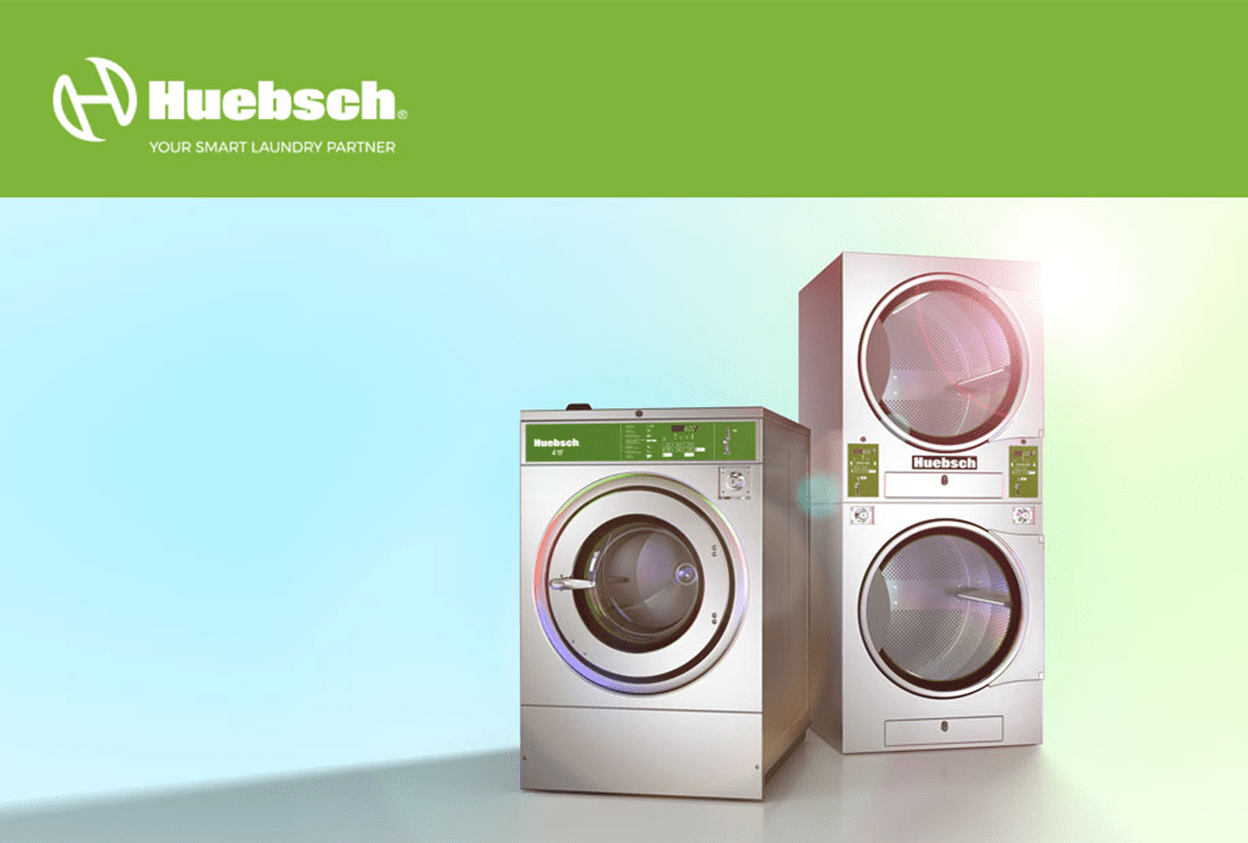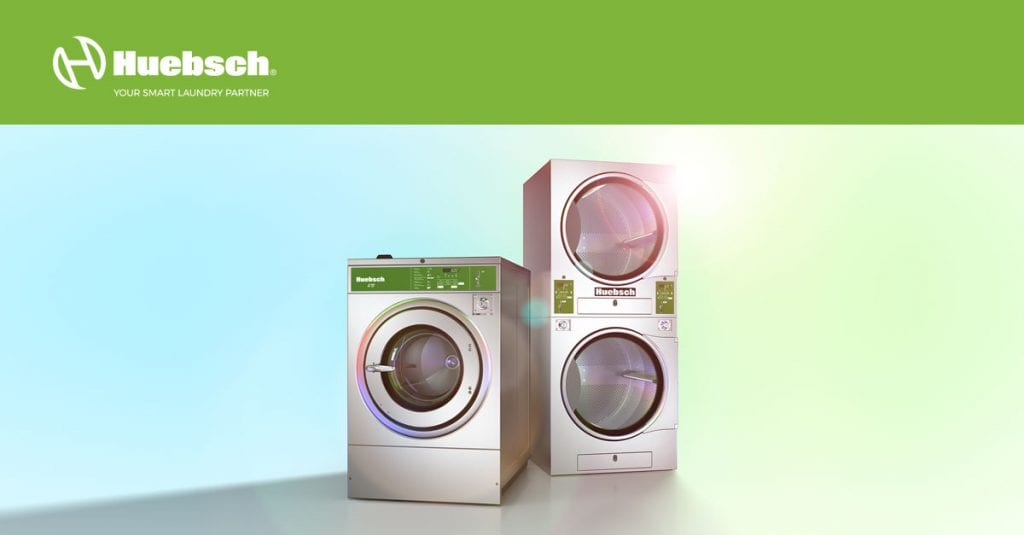
Key Elements of a Laundromat Business Plan

If you’re thinking of opening a laundromat, you need to start with a well-written business plan. A business plan should be your first step — before scouting potential laundromat locations, securing financing, or any other step in the process. Why? Because your laundromat business plan is your guide throughout the entire process of opening your laundromat. It helps make sure you’re on the same page as your employees, business partners, and anyone else you may connect with during the process (laundry distributors, lawyers, financial advisers, etc.)
Business plans are important documents and help you:
- Prioritize goals, objectives, and action items as you start your coin laundry business.
- Secure financing. No one wants to invest or loan you money if you don’t have a solid plan.
- Make smart business decisions throughout the process.
Ok, so you know it’s important. The next question is how to write a business plan for your laundromat and what to include. No worries! We’ve put together a few of the key elements of a solid laundromat business plan.
Executive Summary
This is a short-and-sweet overview of your laundromat. The goal here is to think big picture and give a top-level view of your new laundry business. This is (usually) the first thing people will read, particularly potential financial investors, so it has to be informative and attention-grabbing to get others to believe in your business.
What you might include in your executive summary:
- The specific purpose of your business plan, such as gaining financing or starting a business partnership.
- A summary of your laundromat, including how it will solve a need in the community and descriptions of all products and services offered at your laundromat — from soap/detergent sales to fluff-and-fold services.
- Your big-picture goals and financial projections for your laundromat,
- Your laundromat’s mission and vision statements. We recommend you spend some time creating these and use them as a guide for all future business decisions.
Company Overview
This section is basically a general overview of your laundromat. Like an “About Us” section or profile you might read somewhere online. It answers all the basic questions and shares the main details about your business, including:
- A brief history of when and how your laundromat got started.
- Your laundromat location and business hours. Some laundromats operate on a 24-hour model while others have more limited hours of operation — what will yours be and why?
- The legal structure of your business (generally an LLC or partnership for laundromats).
- Other important details or statistics that set your coin laundry apart from others in the industry.
Market & Competitor Analysis
Savvy business owners spend a significant amount of time digging into their industry and learning the ins and outs. This section gives you a chance to showcase your knowledge of the laundry industry as a whole and your specific competitors in the area. You want to give a basic overview of the market and define your target audience in this section.
A few things you might want to include:
- An overview of the laundry industry and future outlook. It is good to include statistics, charts, and graphs in this section.
- Trends and innovations that are currently impacting the laundry industry, such as app-based payment systems, eco-friendly features, and other laundry technology.
- A detailed description of your target audience and demographics. Are your laundromat location and services ideal for reaching this group?
- An evaluation of surrounding competitors. Consider a full SWOT analysis (strengths, weaknesses, opportunities, and threats) to help determine where your business both exceeds and has room to grow. Think beyond just other laundromats and consider multi-housing laundry options, dry cleaners, and full-service fluff-and-fold businesses that may also be capitalizing on your customer base.
- What commercial laundry equipment you’re using and why. What makes it a better fit than other key brands on the market? (You can learn more about what makes Huebsch commercial laundry equipment special here.)
Organization and Management Team
This section is where you dive into your laundromat’s organizational structure and key players. This is important as you dive into putting people in the right roles and potential investors and business partners look to support your team.
Here are a few things to include in this section:
- An organizational chart that includes job descriptions and key employees at your laundromat. Who’s in charge? Who reports to who?
- Background and key details about the business owner(s), including what percentage of the laundromat you own, how involved you’ll be with the business, and your key skills and background information.
- Notes regarding any key business advisors — such as accountants, attorneys, and laundry equipment distributors — that will guide you through the process of opening a laundromat.
- Any potential roles that you still need to fill.
Many laundromats are small, one-man operations starting out, and that’s OK. Use this section as a way to plan for future growth and what you’d ideally like your laundromat to look like as it grows. It’s a great way to start thinking about your skills gaps and potential future hires.
Marketing & Sales Plan
While word of mouth is a powerful marketing tool, your laundry business is likely going to need some additional marketing to be successful. This section would outline how you plan to reach your target audience and what avenues you’ll use.
Some potential ideas to include in this section:
- Describe your brand positioning and key message points. How do you want your laundry business to be perceived and how will you showcase that across your marketing efforts?
- Highlight your marketing goals and objectives.
- Develop a marketing budget and distribution plan (print, broadcast, digital, etc.)
Marketing your laundromat is crucial, so be sure you spend some time on this subject. If need be, consider consulting with a marketing/branding agency to get you started on the right foot. You’ll also be referencing your marketing plan and budget in the financial section of your business plan.
Financial Plan & Projections
This is where you lay out all financial aspects of your business — from your laundromat start-up costs and monthly ongoing expenses to expected future business expenses, such as upgrading your laundry equipment. This is an important step in securing financing for your laundromat and equipment and budgeting properly to set yourself up for success.
The financial section should address:
- The costs needed to start your laundry business
- A breakdown of ongoing business expenses, such as utility costs, salaries, insurance, marketing, etc.
- A forecast of future revenue and expenses (aka: projections) for at least two or three years.
- Other relevant financial information
Now what?
So there you have it. Every coin-op laundry business is a little different, so every laundry business plan is going to be different. The important thing is that you take the time to create one and have a solid foundation to start your business. If you still have questions, our laundry experts are always willing to offer advice and insights to help you make your laundry business a success. Plus, we have tons of insights, success stories, and additional information for you to check out on our blog.



